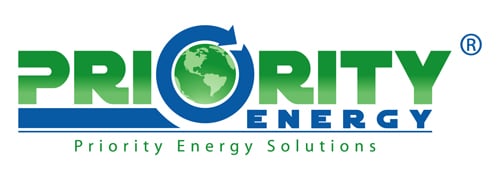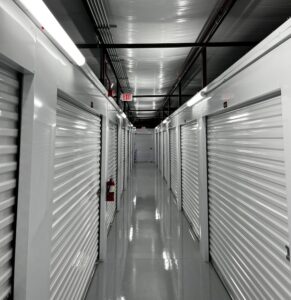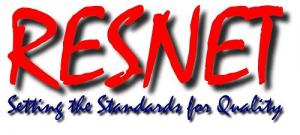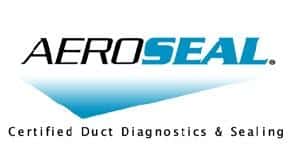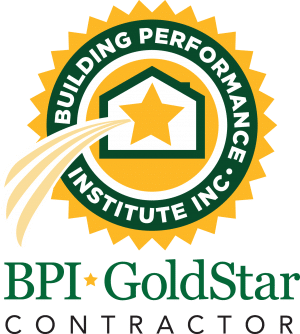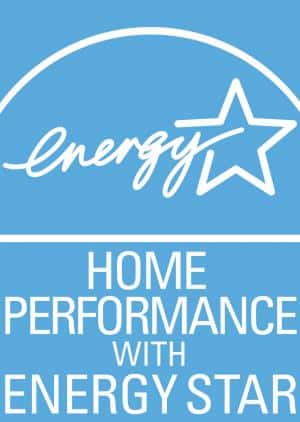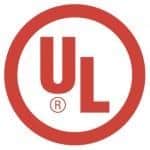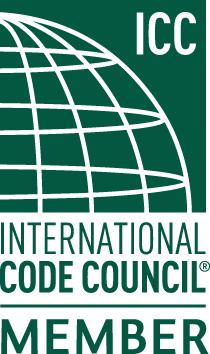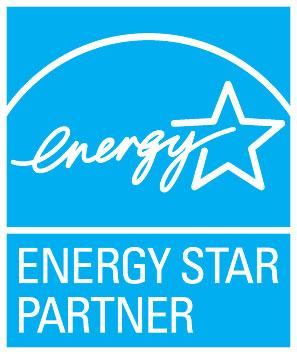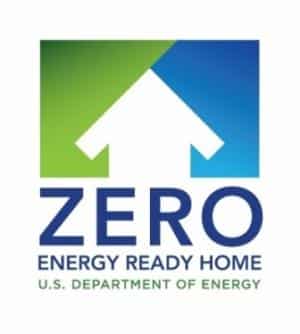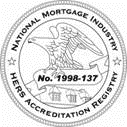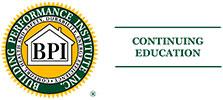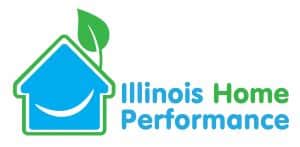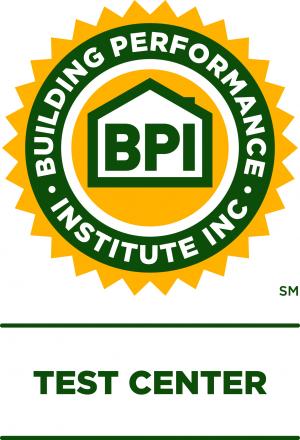With the adoption of the International Energy Conservation Code (IECC), home building and commercial construction has taken on an extra layer of complexity. The code is intended to increase the efficiency of the homes we’re building through added insulation, air sealing and other efficiency measures. Every three years, the IECC publishes an updated version (see how the code has changed over time).
The IECC code is customized per location and climate zone. The state of Illinois falls into either Climate Zone 4 (mid to southern Illinois) or Climate Zone 5 (mid to northern Illinois). IECC Energy Codes layout a prescriptive path for compliance which requires specific levels of insulation, mandatory building performance testing and requirements for mechanical systems (heating, cooling, ventilation, and water heating) which must be met to comply with the code.
Alternative Methods of Compliance
The IECC has always offered alternative, performance-based methods of compliance, including:
U-Average
Rather than using a specific insulation value in each area of the house, your home simply needs to use the same amount on average, offering tradeoffs in R-values across the home.
Performance Path
This allows the home’s estimated cost of heating, cooling and water heating to be calculated and compared to a home built on prescriptive standards. This does not take into account mechanical efficiencies (except for ventilation), and is focused on the building envelope only. If the home being built is equal to or more efficient than the prescriptive home, it complies with code.
Energy Rating Index
Starting with the IECC 2015 version of the code, there is another method to prove compliance which allows the entire home’s energy usage to be taken into account (building envelope, heating, cooling, lighting, appliances, and ventilation): the Energy Rating Index, such as the HERS Index.
Additionally, through feedback from various parties–including the National Association of Home Builders (NAHB), the Midwest Energy Efficiency Alliance (MEEA), manufacturers and building science professionals like Priority Energy–the State of Illinois amended the code effectively adopting our own version of the IECC Energy Codes.
